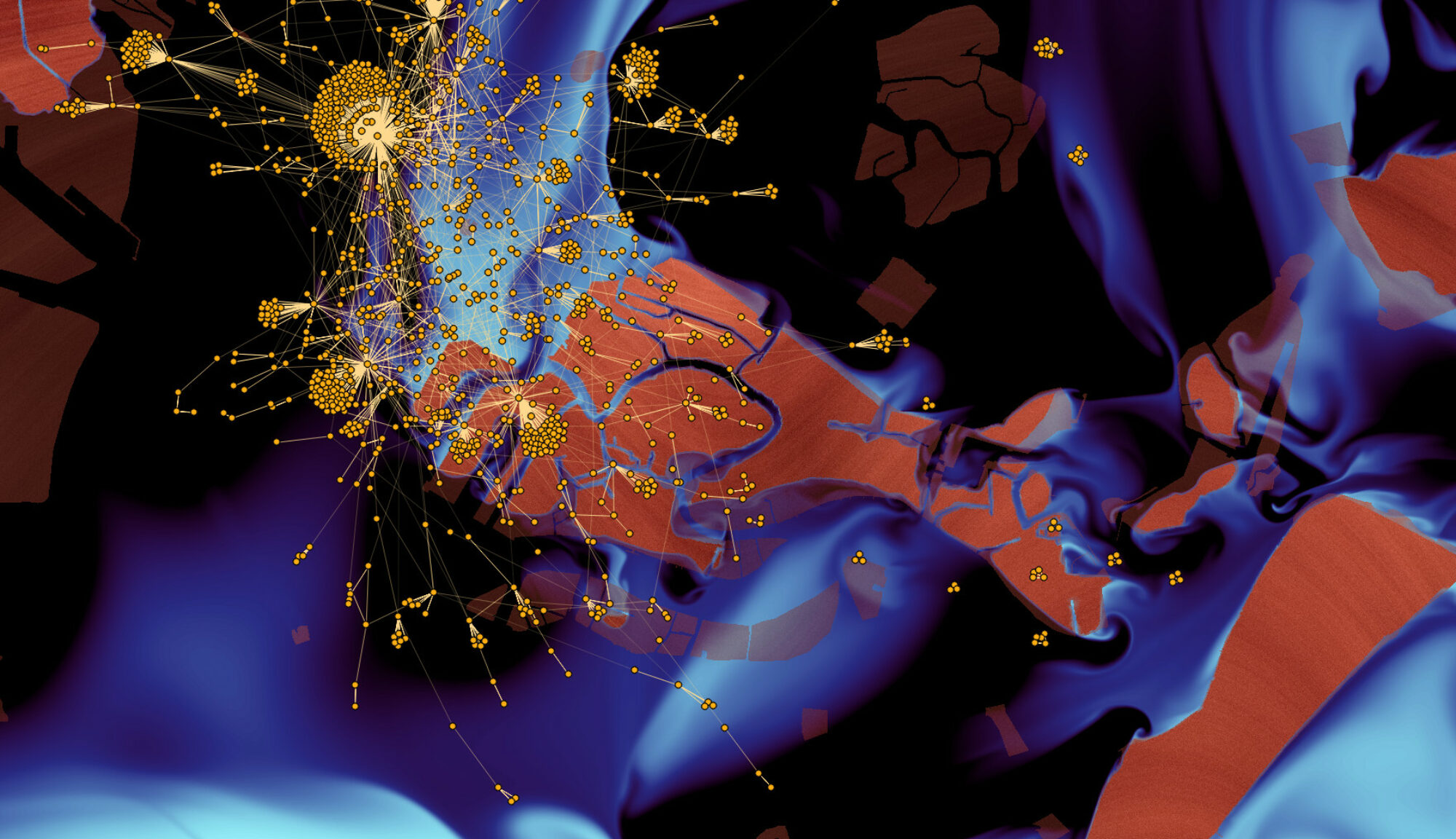Guillaume Chelius (INRIA)
Jeudi 22 janvier 2026 à 14h en salle 26-00/534
Guillaume Chelius, directeur du Programme Inria Quadrant (PIQ), viendra nous parler de ce programme très spécifique de soutien aux démarches de recherche à risque et à impact dans le numérique. Le programme, ouvert depuis fin 2024, accompagne et finance des scientifiques désireux d’engager des projets de recherche à risque et à impact dans le domaine des sciences et technologies du numérique, de ses fondements à ses usages. PIQ s’adresse à tous les scientifiques issus de l’ensemble les établissements publics de l’Enseignement Supérieur et de la recherche, chercheurs, enseignants chercheurs, ingénieurs de recherche. PIQ est ouvert à toute la communauté scientifique académique. PIQ accompagne des projets orientés « porteurs », de durée variable, de six mois à plus de trois ans, et sur des budgets pouvant aller de quelques dizaines milliers d’euros à plus d’un million d’euros. Aucun format n’est imposé. Durant cette session, Guillaume nous présentera le positionnement particulier du programme, la manière dont il s’empare de ces notions de risque et d’impact, ainsi que ses modalités spécifiques d’opération, son processus de candidature et l’ingénierie projet qu’il déploie. Les actualités du programme seront abordées, notamment à travers des projets accompagnés.
